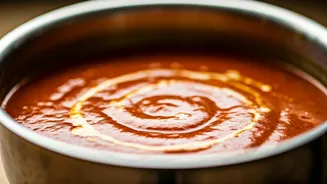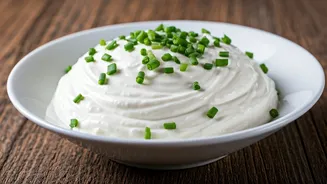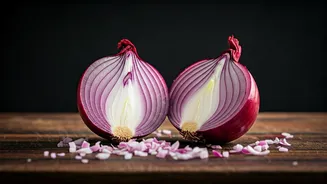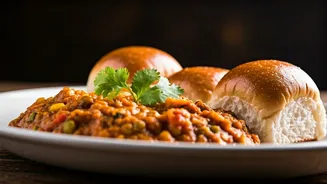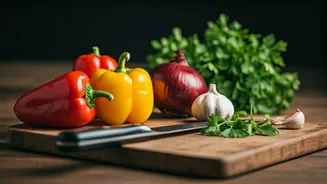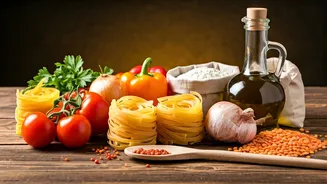Choosing the Right Cooker
Selecting the appropriate pressure cooker is the first crucial step. Consider the size based on your family's needs – a 3-liter cooker is often suitable
for smaller families, while a 5-liter or larger one is better for bigger households or frequent entertaining. Check the material; stainless steel is durable and easy to maintain. Look for cookers with multiple safety features, such as a pressure release valve, a safety valve, and a gasket that fits securely. Ensure the cooker has clear markings for the maximum fill line to prevent overfilling, which can be dangerous. Finally, read reviews and compare brands to find one that aligns with your budget and cooking preferences. A well-chosen pressure cooker can last for years and simplify your cooking process.
Mastering the Basics
Before starting to cook, it's essential to understand the fundamental aspects of pressure cooker operation. Always ensure the gasket is clean and properly seated in the lid to ensure a tight seal; inspect it regularly for wear and tear. Fill the cooker with the appropriate amount of liquid, keeping in mind the food's water content. Never exceed the maximum fill line. When adding ingredients, layer them appropriately, starting with the ones that take longer to cook, such as tough vegetables or meats. Secure the lid tightly and place the cooker on the stovetop over medium-high heat until it reaches full pressure. Once the pressure is reached, indicated by the release valve whistling or the pressure indicator rising, reduce the heat to maintain a steady pressure. Cook for the recommended time, and then follow the correct methods for releasing pressure – either natural release or quick release, depending on the recipe.
Cooking with Precision
Precise cooking times are critical for pressure cooker success. Overcooking can lead to mushy food, while undercooking can leave ingredients tough and unpalatable. Research the recommended cooking times for various ingredients. For instance, lentils and beans typically cook in a fraction of the time compared to stovetop methods. Meat requires a longer cooking duration to tenderize. Vegetables should be cooked for a shorter period to retain their texture and nutrients. It's often helpful to refer to a pressure cooking chart, which provides a comprehensive guide for cooking times. Consider the size of your ingredients; larger pieces of meat may take longer to cook than smaller ones. Once you become familiar with cooking times, you can adjust them based on your personal preference and the specific ingredients you are using. Remember to factor in the time needed for pressure to build and release when calculating total cooking time.
Troubleshooting Common Issues
Even experienced cooks sometimes encounter problems. One frequent issue is the cooker not reaching pressure. This could be due to a loose lid, a damaged gasket, or a blocked pressure release valve. Check the lid for a secure fit, replace the gasket if it's worn, and make sure the release valve is free from obstructions. If the cooker is releasing steam from the sides, the lid may not be properly sealed. Another common problem is food burning at the bottom of the cooker. This typically happens when there's not enough liquid, or the heat is too high. Always ensure sufficient liquid is present and reduce the heat once pressure is reached. If the food sticks to the bottom, try deglazing the pot with a bit of water or broth after releasing the pressure. Finally, if the food is undercooked, it can often be remedied by resealing the lid and cooking for a few more minutes at high pressure.
Cleaning and Maintenance
Proper cleaning and maintenance extend the lifespan and ensure the efficiency of your pressure cooker. Allow the cooker to cool completely before cleaning it. Wash the pot, lid, and gasket with warm, soapy water after each use. Avoid using abrasive cleaners or steel wool, as these can scratch the surface. Pay special attention to cleaning the pressure release valve and the safety valve, removing any food particles that may have accumulated. Rinse all parts thoroughly and dry them completely before storing. Regularly inspect the gasket for cracks or wear and replace it as needed; the frequency of replacement depends on usage, but usually every 6-12 months is recommended. Also, periodically check the pressure release valve for any blockages and clean it as necessary. Following these cleaning and maintenance tips will ensure your pressure cooker remains in top condition for years to come.
Beyond the Basics
Once you've mastered the fundamentals, the pressure cooker offers opportunities for culinary creativity. Experiment with different recipes and techniques beyond the traditional dal and rice. Use it to make tender meats, flavorful curries, and even desserts. Explore recipes for one-pot meals, which are convenient and save time on cleanup. Use it to quickly steam vegetables while preserving their nutrients. The pressure cooker is excellent for making stocks and broths, extracting maximum flavor from bones and vegetables. Don't be afraid to adapt your favorite recipes for pressure cooking, adjusting cooking times as needed. Explore online resources and cookbooks dedicated to pressure cooking to discover new and exciting culinary possibilities. Embrace this versatile appliance, and you'll soon find it becoming an indispensable part of your kitchen.


